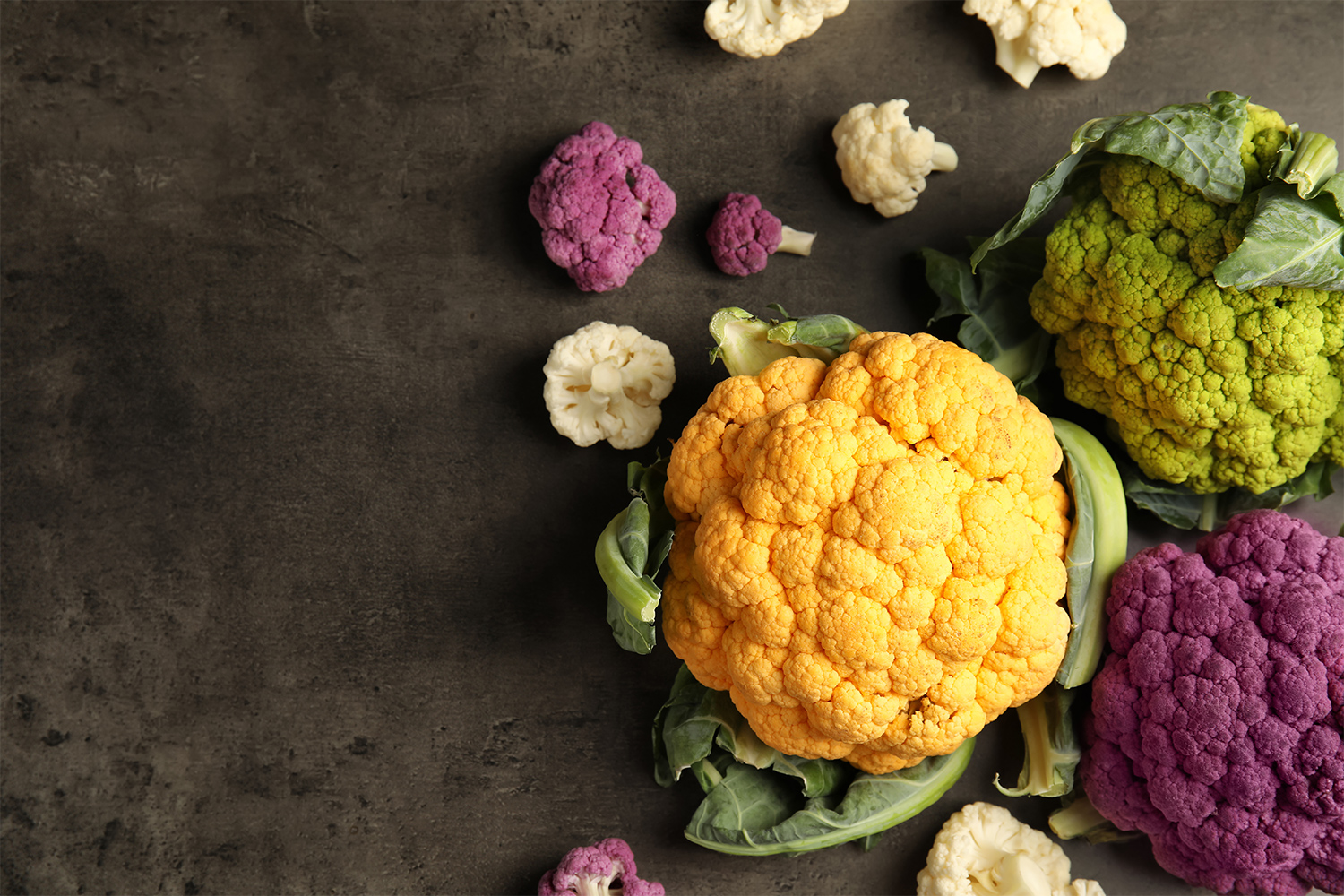Written By:
Debbie J., RDN
Chocolate tastes so good and makes you feel good! Sure, there is plenty not to love about chocolate-flavored products – sugar, calories, and fat. It’s the milk, flour, eggs and the like that are added to chocolate for modern desserts and sweets which reduce the proportion of pure cocoa. Original solid chocolate, however, was developed from three simple ingredients — cocoa powder, cocoa butter and sugar.


Did you know? White chocolate has no flavanols but contains the plant fat, known as cocoa butter, with as little as 20% of it in the product.

IT’S THE CACAO — the name we give ground cacao seeds, that is at the heart of this centuries-old love affair. Over 3000 years ago (!!!) in what is now southern Mexico, the Olmecs drank a restorative, dark, rich elixir made of ground cacao seeds mixed in water. Later, the Mayans of the Yucatan Peninsula and the Aztecs so revered cacao seeds that they were used as currency. Cocoa was commercialized in the 1500’s as a health food and promoted for weight gain, soothing stomachs, and increasing vitality and strength. Since revolutionary times, chocolate rations have been assigned to US Military soldiers. Cocoa truly became chocolate in the mid-1800’s with the aforementioned transition to solid form as a sweet treat.
Cocoa is good for you because of its phytonutrients. The most important of these is cocoa flavonoids (catechin flavanols), which are shown to have anti-oxidant and anti-inflammatory capacity and promote healthy blood flow and endothelial function. They are heart-healthy, with studies showing that they can reduce high blood pressure1, the risk of stroke2 and blood lipids3, and improve insulin sensitivity3.
As recently as this decade, high-flavanol cocoa extracts became available as a supplement (much the same way resveratrol from red grapes is). One brand in the US provides 375 mg flavanols in 7 grams liquefied cocoa, whereas a European product has 415 mg flavanols in 5 grams of cocoa powder. Compare that with the typical 7 mg flavanols per gram of 70-85% cocoa solids or standard alkalized cocoa powder (cocoa butter removed).

“You go by many names: cacao, cocoa, and chocolate. But no matter your moniker, I treasure your essence that is full of flavonols, theobromine and magnesium. You bring me health and joy, oh chocolate.”
DEBBIE J., RDN
The compound in cocoa that’s thought to be responsible for elevating mood and promoting relaxation is theobromine, a cousin of caffeine. Its reported effects include relaxing lung bronchi and dilating blood vessels. Theobromine is found in higher concentrations in cocoa liquor (not an alcoholic liqueur), cacao nibs (finely diced cacao seeds) and dark chocolate (made without milk).
Cocoa powder is a good source of the mineral magnesium which plays multiple roles in the body, from energy production to DNA synthesis and nerve function. Cocoa contains as much magnesium as almonds, pumpkin seeds and molasses – roughly 108 mg magnesium per ¼ cup4 , which meets about a third to a quarter of the RDA for magnesium. Chocolate syrup only has 37 mg per ¼ cup.
Chocolate tips
Choose solid blocks, bars or chips with at least 60% cocoa solids. To get 100% cocoa solids, you can find unsweetened baking chocolate. Consider consuming dark chocolate with high fiber sources or plant fats for best satiety, such as chocolate covered dried fruit, nuts or seeds. One way to use bitter cacao nibs is to sprinkle them on vanilla or coconut Greek yogurt and add fresh berries (granola optional). Don’t forget a cup of hot cocoa warms the heart!




References:
- Does chocolate reduce blood pressure? A meta-analysis. Ried K, Sullivan T, Fakler P, Frank OR, Stocks NP. BioMedCentral Medicine 2010 Jun 28;8:39. doi: 10.1186/1741-7015-8-39.
- Coffee, Tea, and Cocoa and Risk of Stroke. Larsson SC. Stroke 2014 Jan; 45(1):305-314.
- Cocoa Flavanol Intake and Biomarkers for Cardiometabolic Health: A Systematic Review and Meta-Analysis of Randomized Controlled Trials. Lin X, et al. Journal of Nutrition 2016 Nov;146(11):2325-2333.
- USDA’s National Nutrient Database for Standard Reference Release 28. https://ndb.nal.usda.gov/ndb/foods









I think you should make a video about this on YouTube…
I truly appreciate this post. I have been looking everywhere for this! Thank goodness I found it on Bing. You’ve made my day! Thank you again